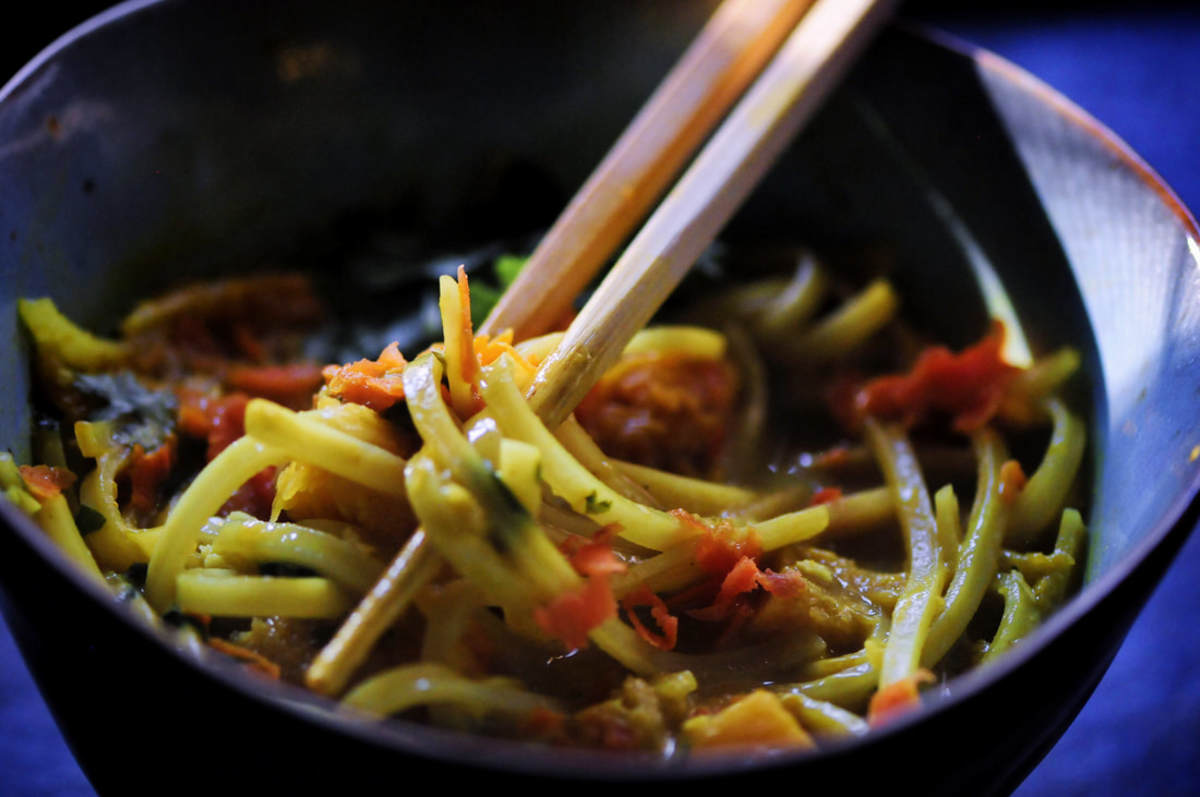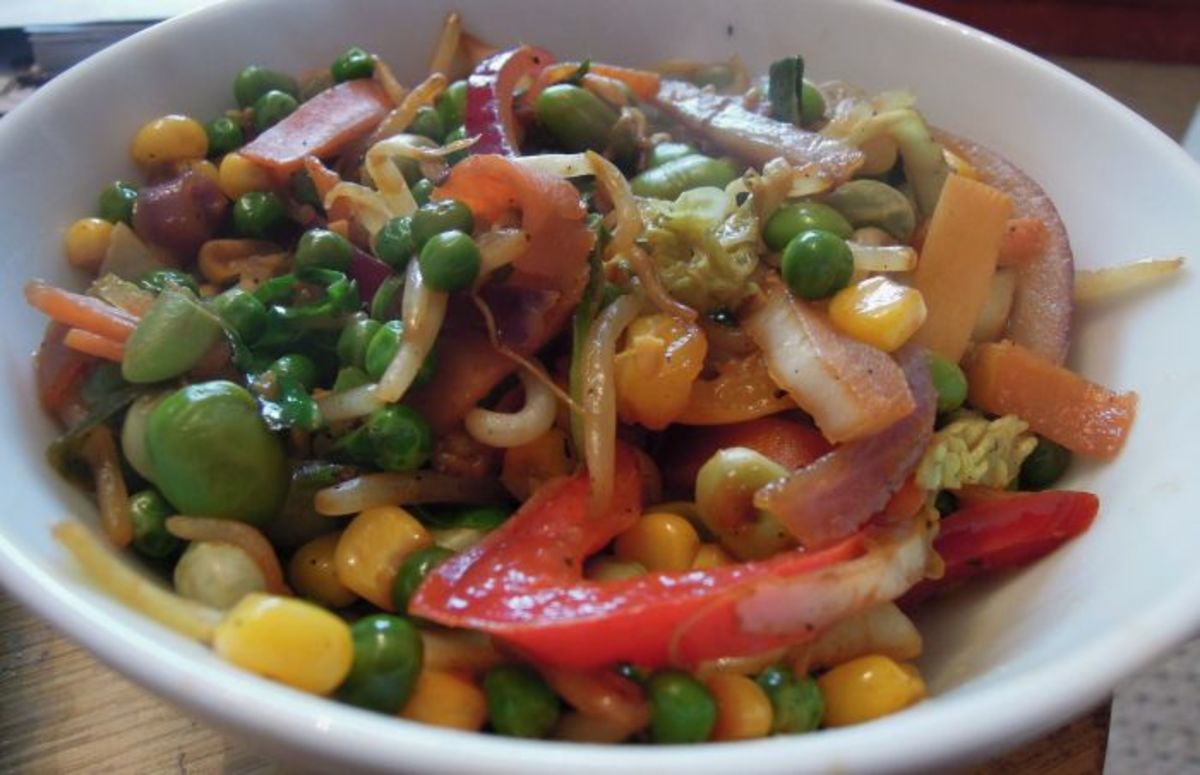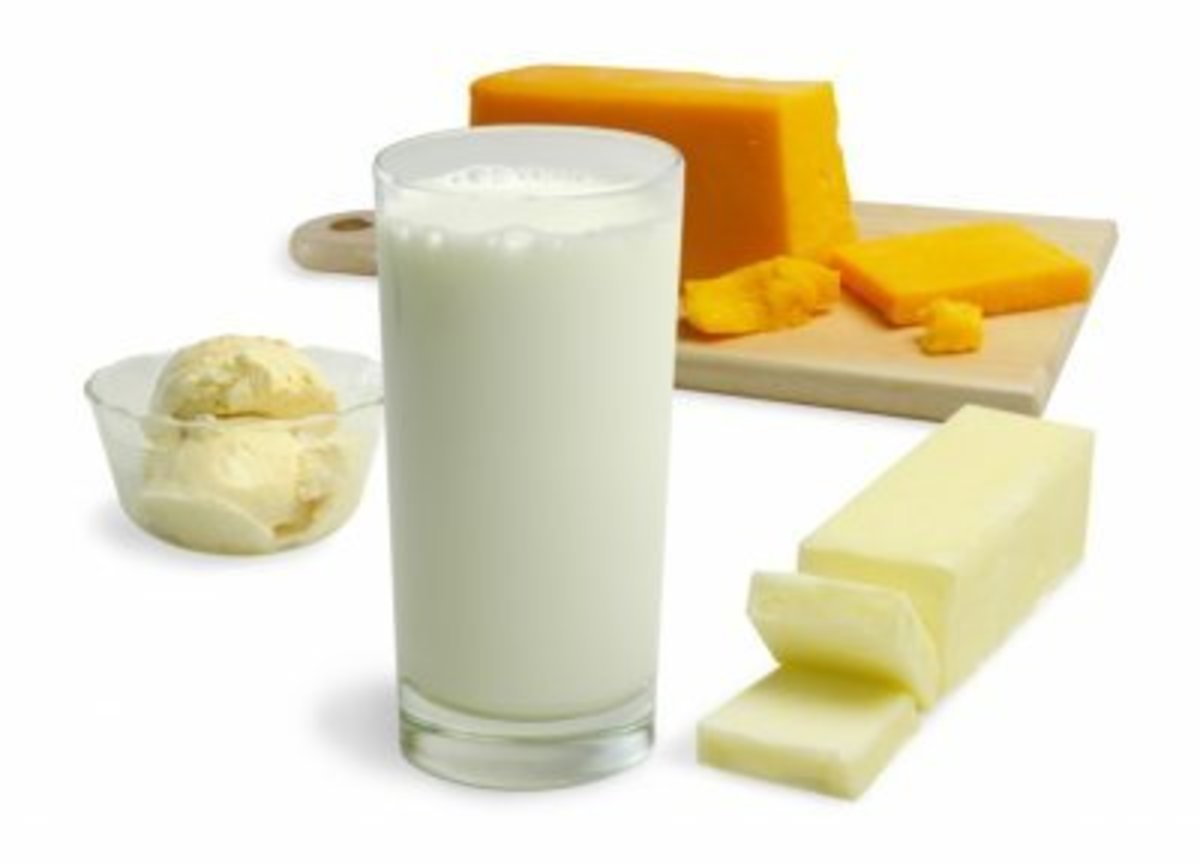- HubPages»
- Food and Cooking»
- Food Safety»
- Food Allergies
Gluten Free Grocery Shopping: A How-To Guide
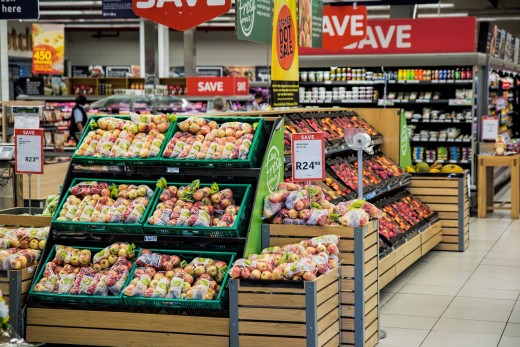
So You Have to Eat Gluten Free
There are many reasons why someone might need to cut gluten out of their diet. Regardless of the reason, unless you were already making your food completely from scratch a gluten free diet can be difficult. So many of the foods we eat contain gluten, and we never even think about it until we have to. Gluten hides in gravies, sauces, binders and even pet foods. The number of foods on the “forbidden” list can be surprising. Despite that, there are still a large number of foods you can eat. You just need to know where to look.
The Dedicated Aisle: Friend and Foe
More and more stores now include a dedicated area for gluten free foods. This is usually a clearly labeled aisle or section of an aisle. Gluten free foods may still be mixed in with other products outside of this area, but the dedicated “gluten free” aisle will often contain flours, pastas, cookies, cereals and more. If your supermarket has a larger organic or “natural foods” section, this is probably the first place to look when you’re searching for something gluten free. Other supermarkets, like Walmart, include the gluten free aisle as part of their regular grocery selection, which can make it more difficult to locate.
It’s important not to let your guard down even when there is a dedicated aisle or freezer case. Well-meaning shop clerks may accidentally put gluten-containing items in the GF section because they’re a similar product. For example, I once saw a product touting “No GMOs” deliberately placed in the gluten free section. Another time I saw regular organic chicken strips placed in the freezer case with all the gluten free strips and nuggets—even though there was a separate section for all the other organic chicken products. If an item doesn’t clearly say “Gluten Free” on the front or bear the “Certified GF” logo, make sure to read the package. You don’t want to have to come back to the store to return something, or worse, make yourself or someone in your family sick.
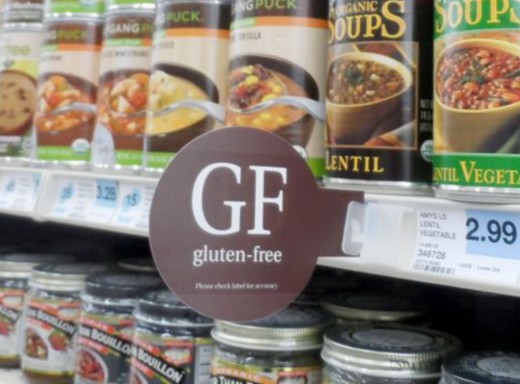
Tags and Flags: Helpful Except When They’re Not
If your store doesn’t have a dedicated area—or sometimes even when it does—they may still have a tag or flag on the aisle showing you when a product is gluten free. In my experience, there is little rhyme or reason to when and how these markers are used. Sometimes you’ll go to a store with a dedicated gluten free area, and find every single product there labeled with a “GF” tag. Sometimes you‘ll one “gluten free” product marked with a tag, but another product beside it is not. Again, you should also be careful to read the label if you find that your store has marked a product as gluten free. Once in a while you’ll find a product marked with a “GF” tag and the ingredients will clearly list wheat flour. As with the dedicated aisles, use caution and be vigilant. If it’s a product you aren’t familiar with, read the package.
The Perimeter: The Almost Safe Space
You’ve probably seen some nutritionist or weight loss guru advocating shopping along the perimeter of the supermarket. This is where you find produce, dairy, meat and fish. The good news is that most of these items will be naturally gluten free. Any unprocessed produce or raw, unseasoned meat will be gluten free. Plain fresh or frozen fish products are gluten free. Milk, butter, eggs, and most cheeses are gluten free.
You may find some of these products conspicuously labeled as gluten free. In the case of foods like fruit, eggs, or milk, it is probably safe to assume that both the labeled and unlabeled products are similarly gluten free. In the case of slightly more processed foods like cheese or butter, you can usually check the company’s website to see if there are any products that are forbidden. Typically these items do not use any gluten ingredients and have a very low chance of coming into contact with gluten.
Use caution with any processed foods or marinated raw meats hanging out in the perimeter area. Look for the words “gluten free” on the package or thoroughly read the label. Salad dressings or toppings, breaded or marinated meat and fish, and yogurt containing toppings should be scrutinized or avoided entirely. Fake crab (surimi) may or may not be safe. Familiarize yourself with which brands in the deli area label their meats, and be wary of anything “teriyaki” flavored.
The Center Aisles: No Man’s Land
As stated previously, sometimes there is a dedicated aisle in the middle of the store, and sometimes there are tags showing you what products you can eat. Whether these things exist in your store or not, there are a few areas where you might find items you can eat:
Potatoes and Boxed Mixes - Certain boxed mashed potatoes and au gratin-type potatoes are labeled gluten free. Rice mixes may contain wheat as well, but several are now gluten free. I wouldn’t recommend using products that aren’t labeled GF, even if they don’t list wheat as an ingredient.
Canned Soup - Look for organic brands like Amy’s Kitchen, or Progresso. Soups without gluten will be clearly labeled. Watch out for pasta, barley and wheat flour on the label.
Canned beans, veggies and fruits - These typically contain minimal extra ingredients. If the item is seasoned or flavored, check the label. Some brands are explicitly labeled as gluten free, but others may be safe to consume. You can always check a particular brand’s website if you’re unsure.
Cereal - Options here are limited, as many cereals are made from wheat or use barley malt as a sweetener. Look for cereals explicitly labeled as gluten free.
Snacks - Chips are often gluten free, but watch out for anything whole grain or multi grain (like Sun Chips). Most crackers and cookies are not gluten free, but there‘s usually a large assortment of alternative crackers made from rice. Read the labels on any nuts or candy, as they may contain wheat.
Everywhere Else: Read, read, read. Usually things like salsa, salad dressing, or plain rice will be fine. Always read labels and familiarize yourself with which products are on the Nice list and which are Naughty. This will help you shop quicker in the future.
Tired? Hungry?
If you’re new to the gluten free diet, all of this information can be overwhelming. It may be helpful to go through your usual grocery list and research the items you typically purchase before you make it to the store. Many companies have comprehensive lists on their website of all gluten free products they produce. If you’re unable to confirm an item, or the company is unwilling to confirm either way, don’t be afraid to avoid that item in the future and substitute it with something else.
An important philosophy when shopping gluten free is “better safe than sorry.” If a food item isn’t marked as GF and you aren’t able to confirm anything from the list of ingredients, go ahead and put it back. The first weeks and months that you shop gluten free will be long and tiring. You’ll read so many labels and find lots of disappointment. Just remember that it’s worth it for your health or the health or your loved ones.



